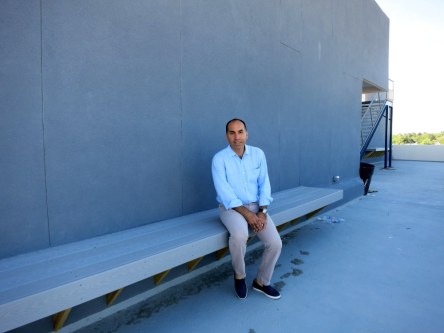ALBUQUERQUE, NM – The Platinum is not your typical Albuquerque apartment complex. It is four stories, expected to be LEED-Platinum certified, with city and mountain views: in other words, a modern marvel that will draw some of the city’s highest rents. It’s surrounded by Nob Hill, Albuquerque’s most walkable urban neighborhood. The area is a mix of higher education, restaurants and service businesses along Central Ave., also known as historic Route 66. “This is Albuquerque’s main street,” says Rick Goldman, developer of The Platinum and two other nearby condo and loft projects. “Usually, retail follows rooftops. But in this town, you had retail on Central, but no rooftops to speak of.” Albuquerque has sprawling single family housing tracts spread across the city. High density apartments rising above two stories tall are rare. Your typical Albuquerque apartment complex, says longtime broker Todd Clark, “was built in 1970, is two-story, brick, with a pitched roof, master-metered and originally offered furnished. It’s an island surrounded by a sea of parking.” So is the Platinum a symbol of things to come in New Mexico? Maybe. But there are challenges ahead before Albuquerque can be considered a transit-friendly, walkable urban destination. Breweries and buses How can you tell when a city is poised for an influx of millennials? CBRE’s Billy Eagle, who specializes in multifamily sales, suggests that you might want to track brewery openings. “During the last two or three years we’ve seen the breweries expand five-fold. I think there are now more than 25 in town,” says Eagle, who relocated to Albuquerque from Southern California eight years ago, when he was in his early 20’s. He talks enthusiastically about cycling around downtown, weekly farmer’s markets, new restaurant openings and Uber: all hot with Millennials. During his time...

